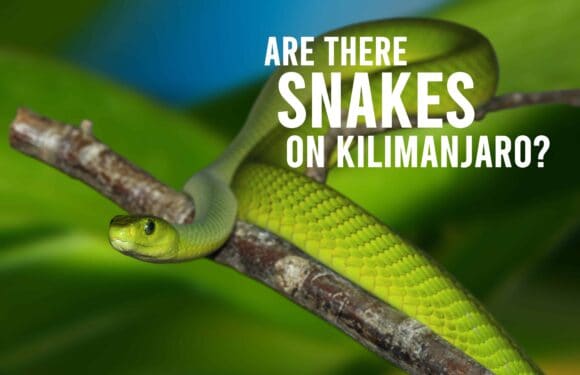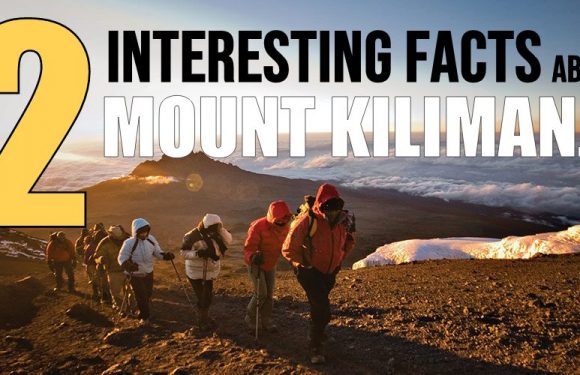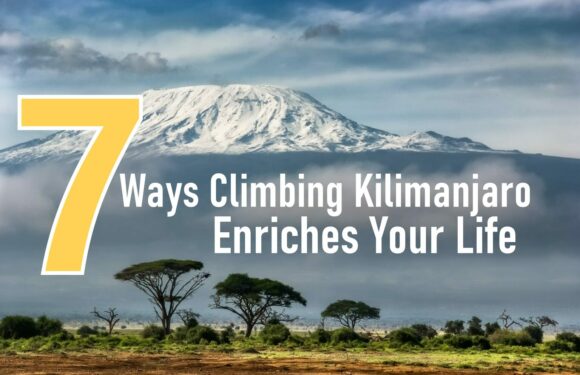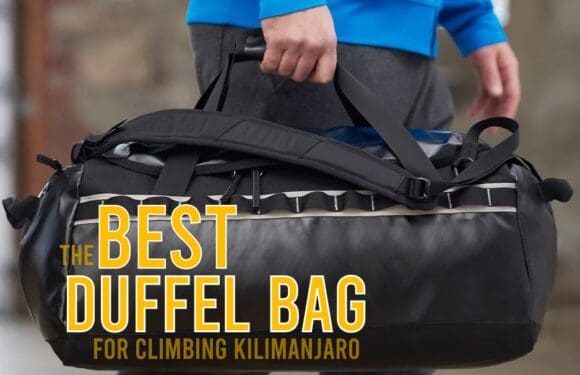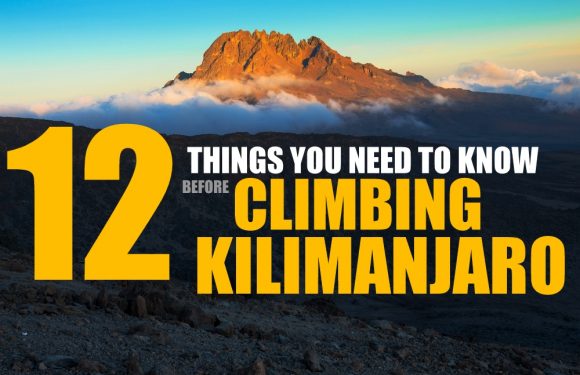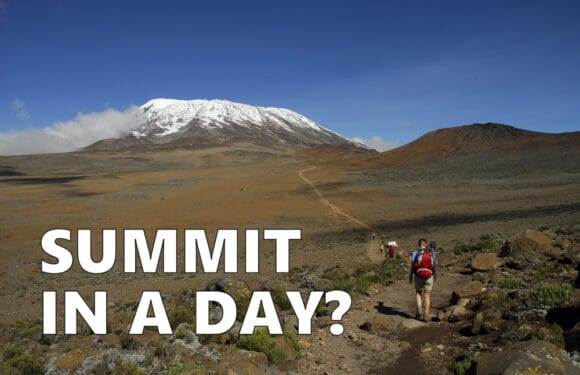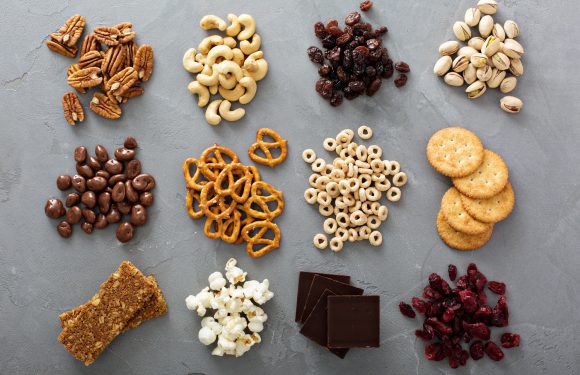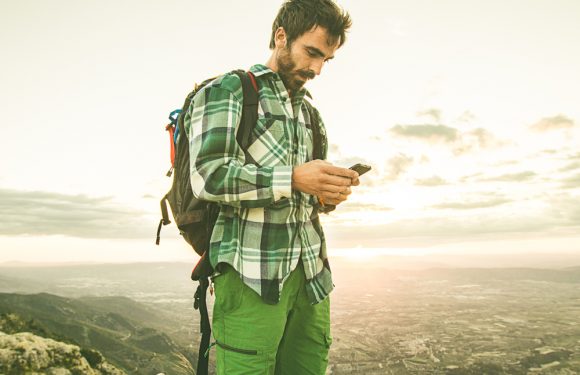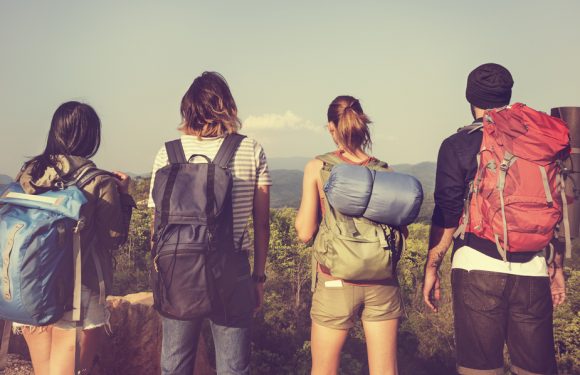If you visit any Kilimanjaro operator’s website, you’ll get the impression that climbing Africa’s highest peak will be a fun, exciting adventure that will yield grand memories of one of the most epic achievements in your lifetime.
We won’t disagree with that notion. But there are negative aspects to tackling Mount Kilimanjaro that guide companies don’t like to talk about, but nevertheless need to be understood. In this article, we’ll discuss the hard truths about climbing Kilimanjaro that often go unspoken.
#1 – You Won’t Feel Good All the Time
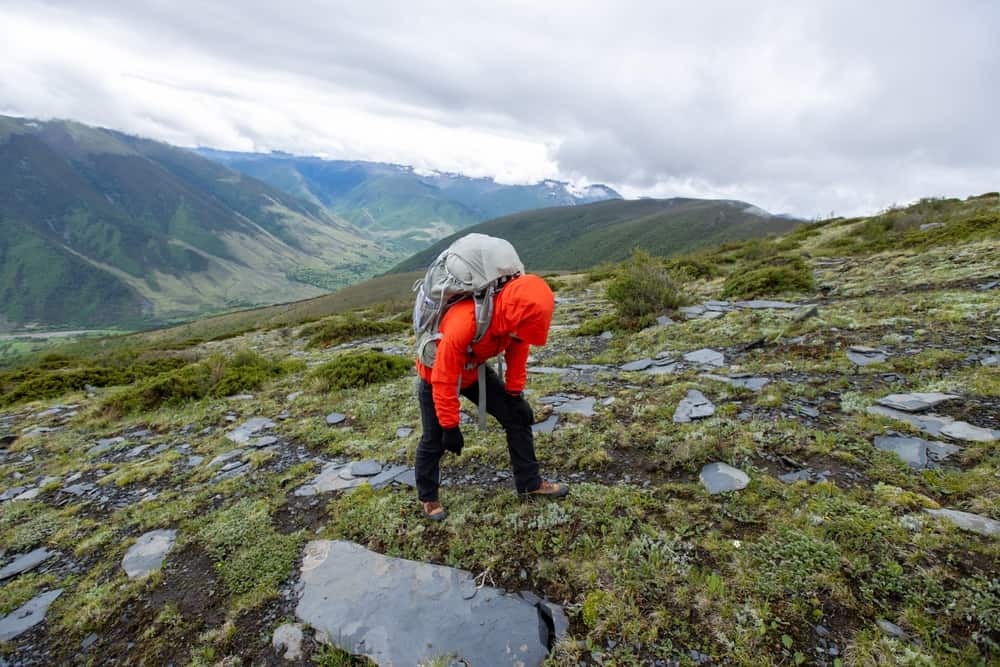
Kilimanjaro’s altitude is a double-edged sword.
While being up high grants amazing views from above the clouds, it also poses a significant risk – altitude sickness.
As you ascend, the air thins, and your body has to adapt to the reduced oxygen levels in a process called acclimatization. The higher you ascend, the harder acclimatization becomes, and this can wreak havoc on your body.
Altitude sickness is the great equalizer on Kilimanjaro. It doesn’t discriminate based on your age, gender, fitness level or how prepared you think you are. The human body simply isn’t built for high-altitude environments. Common symptoms of altitude sickness include headache, nausea, fatigue, and difficulty sleeping. While some climbers adjust more easily, others may struggle, and the symptoms can range from mild to severe.
The hard truth is that you’re likely to feel unwell at some point during your ascent. Statistically, more than 75% of climbers will experience at least some form of mild AMS above 10,000 feet. On most itineraries, you’ll be above this mark on just the second day of trekking.
So, if you find yourself feeling sick from the altitude, know that this is very common and that there’s no need to start panicking just yet. Typically, the symptoms will subside with the passage of time, which is why we always advocate for a gradual ascent.
#2 – You Might Not Summit
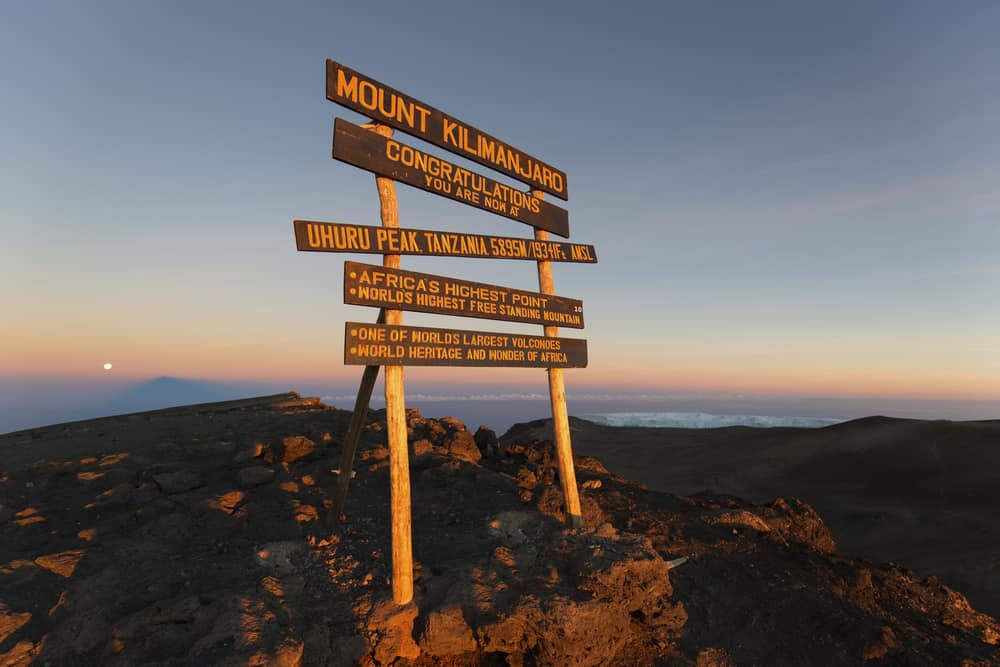
The overall success rate on Mount Kilimanjaro is often stated as 50%. That means that half of those who attempt, fail. And while we believe that the true success rate is substantially higher today given improvements in guiding practices over the past couple of decades, the fact still remains that there are going to be some people who won’t make the summit.
The possibility of having to quit your climb can be heart-wrenching, but it’s a reality you must confront. If you experience serious altitude sickness, illness, or injuries, it’s absolute that you come down the mountain to recover. Rarely, if ever, does one get better by continuing to go up.
It’s a hard truth: you might not summit.
And this will probably be devastating for climbers who’ve spent months preparing for their trip. But don’t ever lose the perspective that your safety is far more important than any summit or any experience for that matter. Not summiting is a part of climbing, for a wide range of reasons. It’s not something you should put too much weight on. Knowing when to quit is a crucial skill that can save your life.
The mountain will always be there for another attempt, if you choose to give it another go.
#3 – The Weather Can Make You Miserable
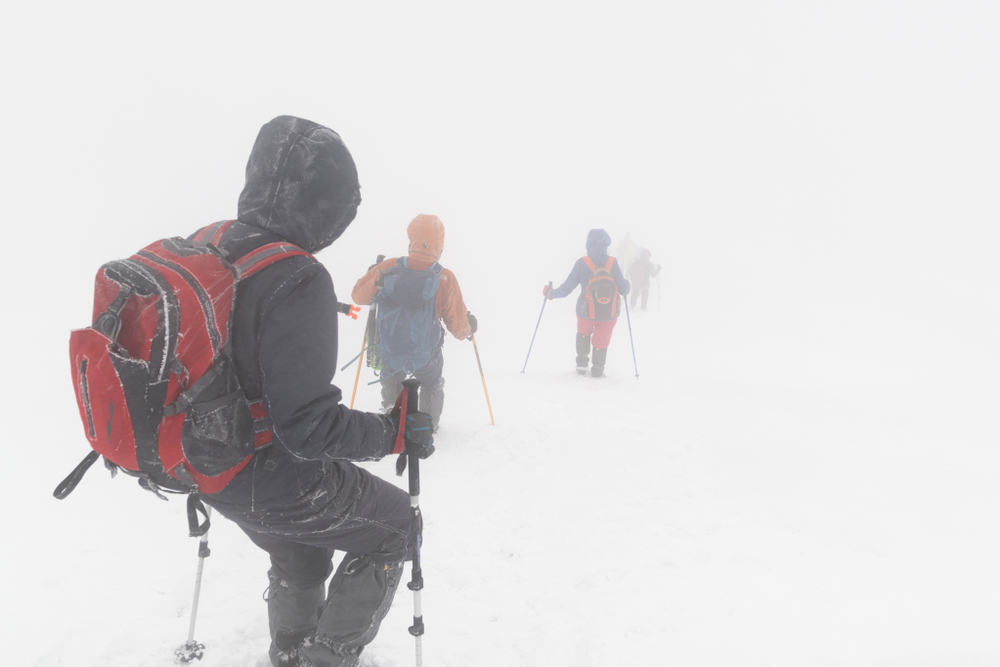
Whenever you’re in the outdoors, weather plays a big factor.
There is a huge difference between hiking on a warm, sunny day versus a cold, rainy one. On Kilimanjaro, both scenarios can happen, even on the same day. Mountain weather is notoriously unpredictable, and it can turn your trek into a wet and frigid ordeal.
Rain, snow, hail, wind, and freezing temperatures are real possibilities, even if you come during the best times. For most people, being caught in a downpour or a blizzard at high altitude is not fun. Enjoyment and morale can quickly fade away, making an already challenging experience even more grueling.
So, while the thought of clear skies and breathtaking views might be your inspiration for climbing Kilimanjaro, remember that nature may deal you a different hand. If you spend enough time in the outdoors, especially in the mountains, inevitably you will run into foul conditions.
There’s really nothing you can do, except to go when the weather has historically been the most favorable. In terms of Mount Kilimanjaro, that would be during the two dry seasons. Book your dates. Hope for the best. But always be prepared for the worst.
#4 – It’s Going to be Pretty Expensive

Climbing Kilimanjaro is not a budget adventure.
There’s no way around it.
The hard truth is that climbing Kilimanjaro requires a substantial financial investment.
We wish we could sell climbs for $1,000, or even $2,000. But the fact is that the cost of funding a Kilimanjaro expedition is considerable, made up of several main components: staff, food, equipment, accommodations, park fees and taxes. When all these expenses are added up, there’s simply no way to provide even minimal services for low prices.
In addition to the trip cost, clients will need to pay for their flights, gear, visa, travel insurance, and personal expenses. Most of our clients end up spending somewhere between $5,000 to $8,000 per person when all is said and done.
The total cost is going to be out of reach for a lot of people, unfortunately.

Yes, there are budget outfitters out there.
And you might save a few hundred dollars or so to go with a cheap company. But if you book with them, you’re gambling. Gambling that you’ll have a capable guide, functional equipment, decent food, and that you won’t run into any problems on the mountain.
Don’t be penny wise and pound foolish. When it comes to your safety and success, choosing a reputable guide service is of great importance. If climbing Kilimanjaro with a top-rated operator, like Ultimate Kilimanjaro, is going to break the bank, wait until you have enough money to do it right.
Opting for inexpensive, less reliable operators may seem like a reasonable decision, but it can jeopardize your trip and more. Kilimanjaro is not the place to cut corners.
We don’t. And neither should you.
#5 – You’ll Have to Deal with Crowds
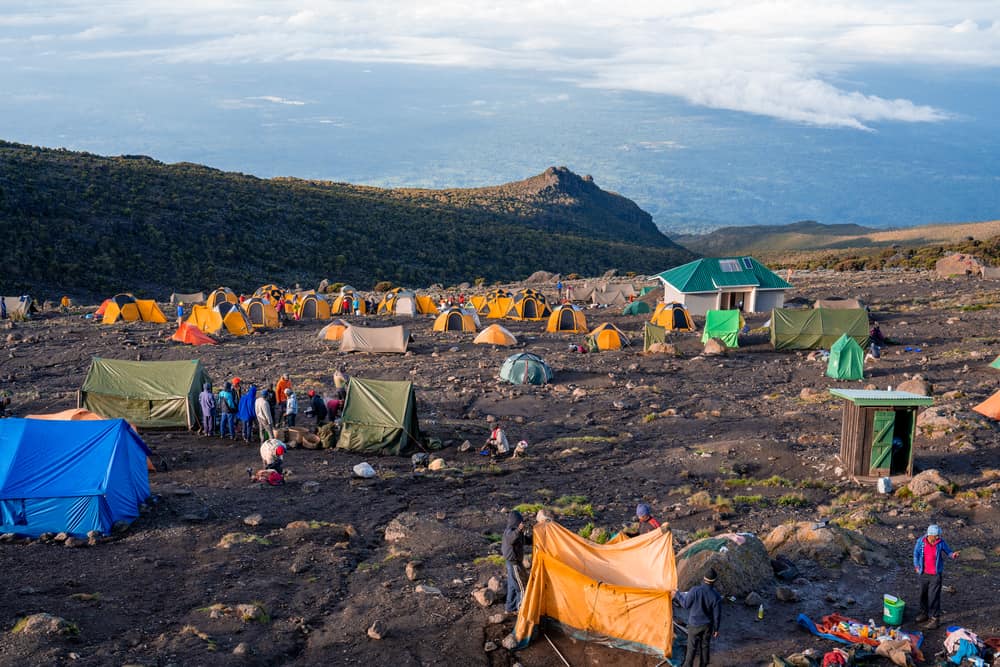
While climbing Kilimanjaro provides a connection with nature, it’s also a popular destination. Over 30,000 people come every year to hike on these trails, so it’s far from an off the beaten path expedition.
It’s a given that you’ll encounter others along your journey. Whether it’s people in your own group or other parties, sharing campgrounds and converging at the summit, the hard truth is that Kilimanjaro can get crowded, which can have an impact on your overall experience.
For instance, there is often a traffic jam of sorts at the Barranco Wall or a queue at the summit for photos. So, you may have to show patience and compassion and wait for your turn. Some campsites have literally 1,000 people there, consisting of clients and their support crews. You’ll have to deal with limited privacy and potentially noisy neighbors.
Keep in mind that you can view this as an opportunity to meet fellow adventurers from around the world, to share stories, and support one another on your quest to reach the top.
See Is Mount Kilimanjaro Too Crowded? and 5 Simple Ways to Avoid the Crowds.
#6 – You’re Never 100% Safe
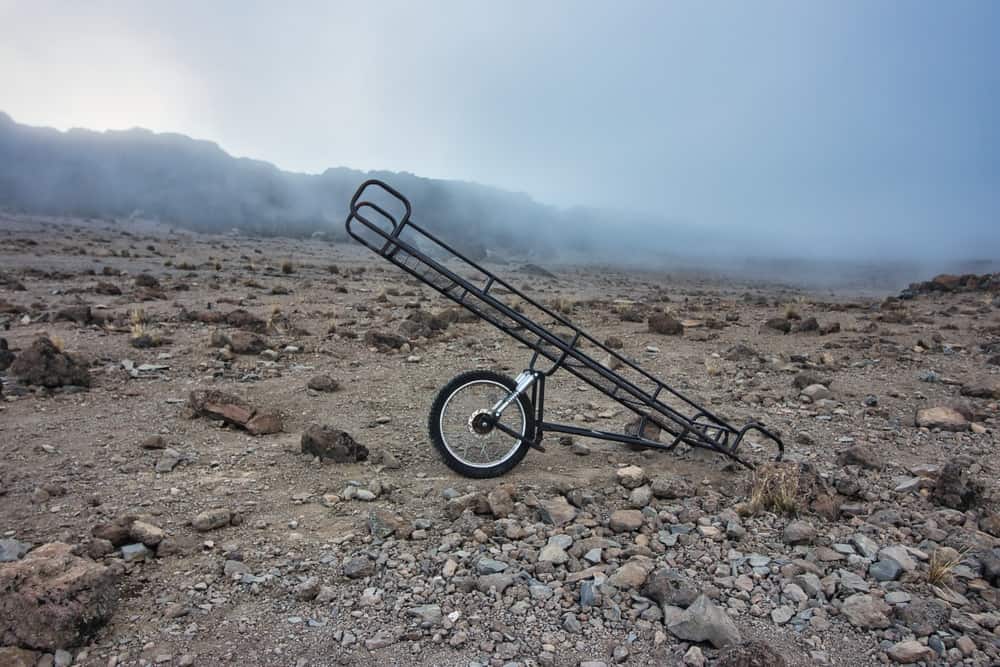
Climbing Kilimanjaro is a relatively safe adventure. However, it’s essential to acknowledge that, like any outdoor activity, it carries inherent risks. One study found that the overall mortality rate on Kilimanjaro was .0136% – or one death per 7,353 climbers.
You can do everything right – train rigorously, have the best gear, choose a long route, follow acclimatization guidelines to a tee. And we can do everything right – set a slow pace, provide adequate food and water, put you in warm tent, monitor your health daily. It still doesn’t guarantee your safety. And this is the hardest truth about climbing Kilimanjaro.
Despite your best efforts and those of our guides, there will always be some level of danger. The main culprit is high altitude. Altitude can expose or exacerbate certain medical issues that people don’t even know they have. At high elevations, the strain put on the respiratory and cardiovascular system increase significantly.
In addition to the challenges of high altitude, there are risks from illnesses, injuries, hypothermia, lightning, and rockfall.
Guides, porters, and clients have all died on the mountain. From budget operators to luxury operators. From first time hikers to seasoned mountaineers. No one is immune. The mountain does not discriminate.

Though we don’t require a medical check for our clients, it’s never a bad idea to seek advice from your doctor before undertaking such a physically demanding trip. In some cases, it may be necessary to take special precautions, adjust medications, or avoid high-altitude environments altogether.
Ask your doctor if high altitude trekking is permissible for your age, fitness level and health condition. Determine whether you have any preexisting medical conditions that can cause problems on the climb. Make sure you understand how your medications can affect altitude acclimatization. And inquire whether Diamox can be taken with your existing prescription medicines.
#7 – You’ll Probably Wish You Were at Home (at Some Point)

Climbing Kilimanjaro is strenuous and mentally taxing for almost everyone.
The initial stages may seem manageable, but as you ascend higher and higher, the discomfort intensifies. This expedition pushes your limits in more ways than one, and almost certainly, there comes a moment when you start questioning your decision to come to Tanzania in the first place. You’ll wish you could snap your fingers and teleport back to your cozy sofa, where you can relax, watch TV, and snack on some chips.
We firmly believe that the process of conquering self-doubt and persevering through adversity is the most rewarding part of the adventure. It’s in driving past these challenging moments that a real sense of accomplishment arises. It makes every ounce of discomfort and every step of the journey worthwhile.
So, if you get to the point where you wish you were at home instead of on the mountain, we say congrats. Because your moment on the summit is going to be that much sweeter. You just won’t realize it until you’re done.
Final Thoughts
Understanding these seven hard truths about climbing Kilimanjaro is essential for everyone with aspirations to scale this peak. We share these facts, not to deter you or scare you away, but to paint a realistic picture of what you might face on the mountain.
As a Kilimanjaro guide company, naturally we want you to come to Tanzania and climb with us.
But we also want you to have all the information you need to make the best decisions. That’s why we built the most complete and accurate website on climbing Kilimanjaro. We believe that the more you know, the better prepared you will be.




















































